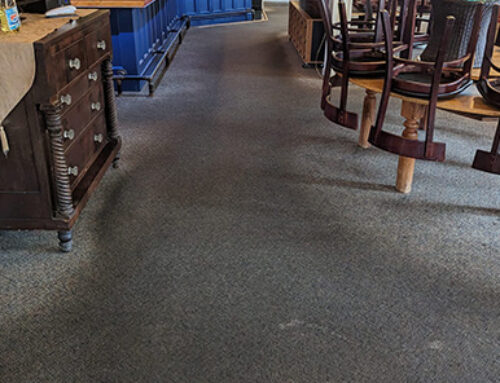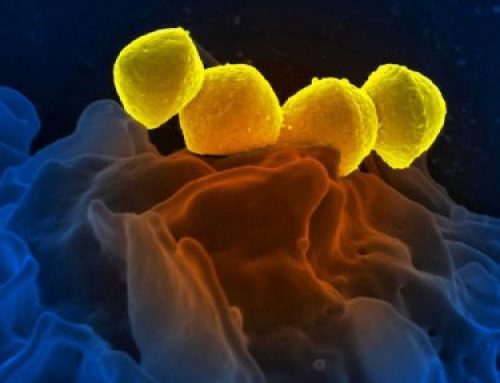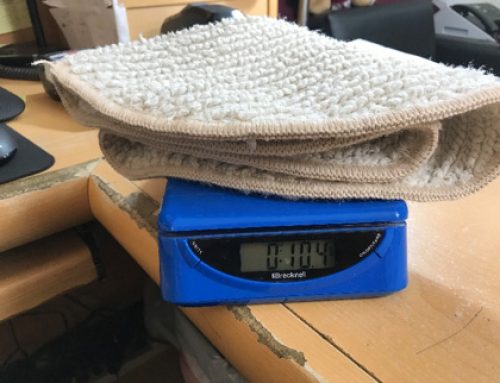Less Water Consumption Encapsulation uses less water. Typically, each gallon of water will clean about 300 to 400 square feet of carpet. This reduces the overall water required to clean carpet.
Lower Moisture in the building. Less water applied to the carpet using low moisture methods allows for faster drying. Faster drying equates to less chance of bacterial action occurring with long “wet times” that can occur with hot water extraction if used improperly. Plus, the carpet is drier faster using encapsulation detergents with low moisture methods from Bonnet Pro, so you have less disruption to the building being cleaned.
No Wastewater. Wastewater from carpet cleaning includes contaminants that were removed from the carpet as well as any chemicals that were introduced during the cleaning process. With encapsulation detergents and low moisture methods, the encapsulated soil is recovered through post-vacuuming and gets disposed of with the discarded vacuum bag, reducing the overall environmental impact.
No Gasoline Consumption. With encapsulation methods using low moisture equipment or even portable extraction equipment, we are not using a gasoline or a diesel-powered engine to clean the soft surfaces such as carpet and upholstery. Instead, we are using a small amount of electricity that is a cleaner fuel source.
No Carbon Monoxide Emissions. Since many methods of encapsulation carpet cleaning do not depend on running a fuel-burning engine, there are no carbon monoxide emissions being emitted to the atmosphere thus reducing the environmental impact of our carpet cleaning industry.
Safe Cleaning Agents. The Bonnet Pro line of encapsulation products are safer for the cleaning technician, the occupants of the building, and the environment. Add in new technologies like NanoMAXX, a plant-based green carpet cleaning detergent with a neutral pH and a zero-health rating, and carpet cleaning detergents become even more people, pet and planet conscience.
Low Moisture and Encapsulation Methods. These methods are typically more profitable than extraction methods, allowing the owner-operator to complete the job faster thus increasing his dollar per hour income and freeing up more time as well.






